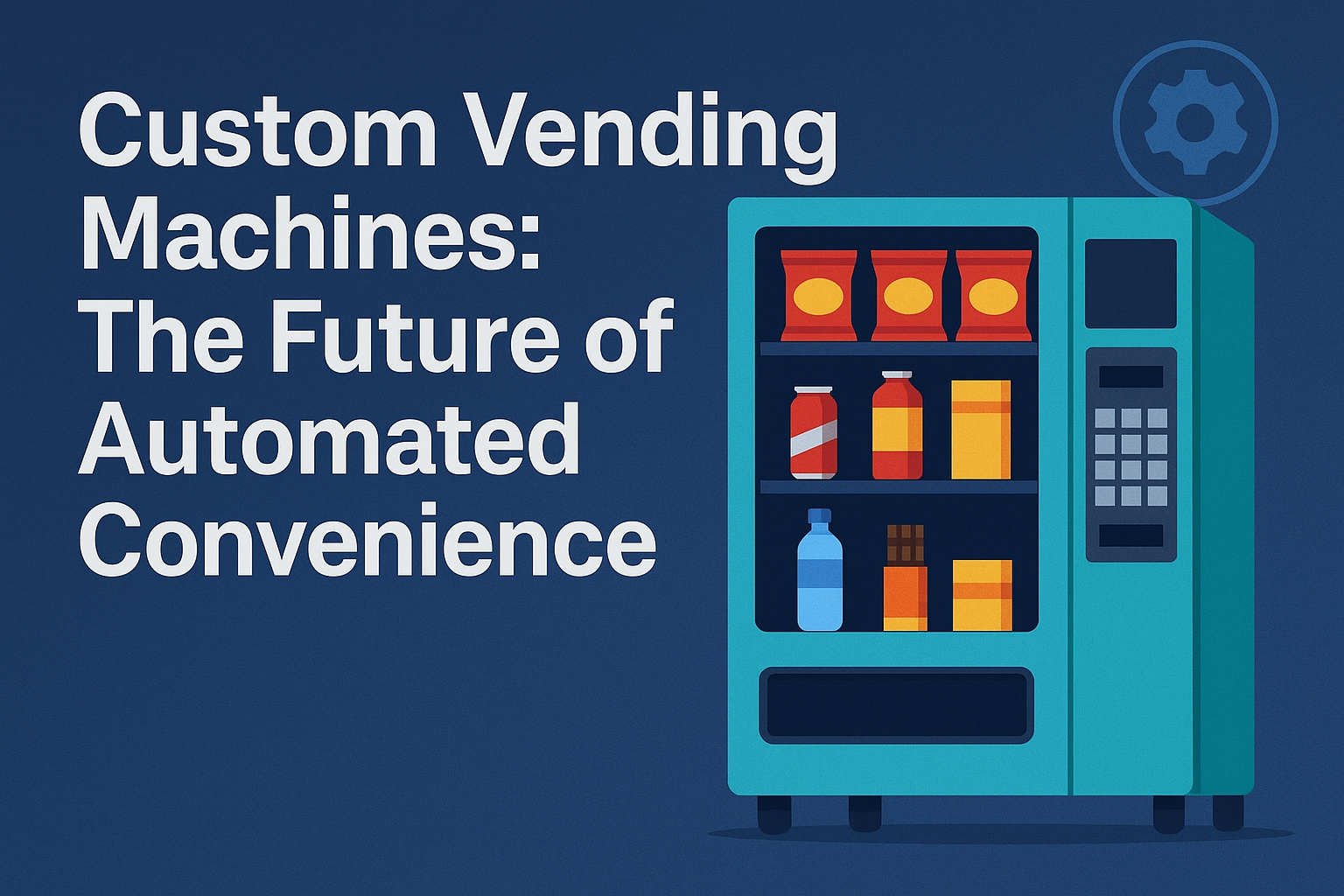Business
Top Ground Support Equipment Solutions for Aviation Professionals

Ground support equipment must reliably provide power, mobility, lifting, temperature conditioning, and servicing access for aircraft turnaround. Properly chosen assets save idle time, safeguard important onboard systems, and ensure slot performance and passenger happiness via regular scheduling. Maintaining equipment reliability decreases handling strain, error rates, and safety margins under various weather and traffic circumstances without downtime. Effective deployment planning and maintenance boost resilience and maintain quality and regulatory compliance at every service touchpoint.
Aircraft Movement and Positioning
Towing units and steering aids that offer regulated force, consistent traction, and smooth directional input enable precise movement on aprons and into maintenance zones. Proper alignment preserves painted surface marks, landing gear structures, and tire scuffing used for later placement. Low-emission or electric drive systems reduce pollution and enhance air quality near busy stands while providing constant thrust for pushback and gate repositioning cycles. In tight corners, integrated brake safeguards prevent skids and oversteer due to ramp surface moisture and temperature variations.
Data modules record movement times, distances, and load factors to support usage analysis and lifespan planning. Standardized coupling interfaces, ergonomic control layouts, and predictive diagnostics simplify operator training and eliminate unexpected service withdrawals that would interrupt closely ordered ground timeframes. Powertrain, tire, and hydraulic assembly calibration and inspection provide a reliable response and component lifespan under repeated stress cycles. Guidance cameras, alignment lasers, and proximity sensor arrays that notify operators of wingtip and tail clearance margins improve positioning control.
In high-density ramp zones, these feedback devices reduce collisions with lighting poles, service trucks, and parked aircraft. Automated chock placement indications and brake status relays reduce hand signals and radio exchanges while maintaining safety verification. Modular upgrade pathways allow operators to add enhanced sensor or telematics suites when traffic or regulatory reporting needs change. Clear performance baselines and organized incident review procedures help enhance movement protocols that balance speed objectives with structural and crew safety.
Ground Power and Essential Services
Aircraft environmental and electrical systems during ground operations are stabilized by consistent external power, conditioned air, potable water handling, and lavatory service. Power quality should supply voltage and frequency within small tolerance bands under variable accessory loads to preserve flight computers, avionics calibration, lighting systems, and batteries. Balanced load distribution and phase monitoring prevent overheating and nuisance protection trips that delay departures. Efficient preconditioned air supply preserves cabin temperature and humidity without using the fuel-consuming auxiliary power unit, which raises ramp emissions. Hygienic waste extraction systems and sealed water transfer components ensure clean service cycles and support health regulation compliance.
Maintenance crews can validate supply amounts, pressure, and temperature using integrated service carts and real-time sensor data. Monitored connections, cables, filter components, pumps, and hose seals allow early replacement to prevent leaks, contamination, and electrical failures. Clear color labeling and standardized coupling hardware avoid time-pressure misconnections during cross-team handoffs. Digital service logs organize performance indicators, consumption rates, and anomaly flags for inventory planning and prevention. Ground power, cooling, fueling, and catering timing reduce vehicle congestion and turn time. Structured training on safe connection, pressure control, and lockout procedures protects individuals and key systems and maintains service readiness.
Equipment for Loading, Lifting, and Access
Cargo loaders, belt conveyors, high lift trucks, maintenance stands, and platform systems transfer baggage, freight, catering supplies, and technicians securely. Stable lifting geometry and synchronized elevation control decrease airframe door and sill torsional stress and promote ergonomic handling to prevent strain injuries. Non-slip decking, safety rails, and interlocks prevent falls and illegal movements during loading and inspection. Weight distribution and height alignment reduce collision potential, door mechanism wear, and downstream pressurization concerns.
Smooth acceleration and deceleration characteristics prevent unsecured loads from moving and preserve throughput. Adjustable side rails and modular platform extensions fit different fuselage curves, cargo door heights, and service panel placements. Integrated illumination, power outlets, and tool storage boost job efficiency during poor visibility or longer maintenance windows. Pre-shift diagnostics of hydraulic circuits, lift chain tension, and structural fasteners help detect mechanical fatigue early. Scheduled lubrication, corrosion control, and component torque verification prolong service life and prevent unplanned mechanical failures that delay many flights. Centralized asset monitoring systems analyze use trends to schedule rotation, refurbishment, and capital planning for future capacity.
Environmental Control, Safety, and Refueling
Fuel handling vehicles, hydrant dispensers, fire suppression carts, spill control kits, and deicing equipment support operations preparedness and regulatory compliance. Correct metering, filtration, and pressure management avoid overfill, vapor discharge, and structural loading anomalies while delivering clean fuel. Static bonding, grounding, and temperature correction prevent ignition and ensure seasonal correctness. Rapid reaction to ramp hazards is aided by extinguishers, foam agents, breathable gear, and thermal protection equipment. Calibrated nozzles and regulated flow rates eliminate frost and ice while reducing chemical use and runoff. Glycol recovery, waste segregation, and storm drain protection barriers preserve ecosystems and ensure permit compliance.
Monitor pump seals, hose integrity, and sensor calibration for dependable uptime and fewer emergency repair calls. Emissions monitoring across the support fleet informs electrification strategies or alternative fuel adoption plans that lower operating costs and align with sustainability goals and regulatory standards. Structured exercises and scenario evaluations improve fueling and safety teams’ procedural clarity, situational awareness, and incident command. Refuel time, turnaround contribution, and safety event performance dashboards guide continual improvements to maintain timeliness and safety.
Lifecycle Management and Maintenance Monitoring
Telematics, sensor arrays, and integrated maintenance software track equipment health, usage patterns, and early signs of failure. Real-time temperature, vibration, hydraulic pressure, and battery depletion alerts prevent performance decline. Centralized dashboards use location mapping, work cycle data, energy use, and downtime classification to rotate and redeploy. Auditability and accuracy are improved by digital work order systems that assign, timestamp, and verify inspection, calibration, and repair jobs. Parts inventory integration matches crucial spares availability to projected failure intervals, reducing mean time to repair and maintaining operating flow.
Lifecycle study compares asset class maintenance cost accumulation, residual value, reliability trends, and regulatory compliance prospects to determine economic efficiency. Structured replacement planning balances capital expenditure smoothing, safety, and performance. Updated instructions and training include lessons gained from standardized commissioning, decommissioning, and refurbishment processes. Continuous KPI assessment on availability, mean time between failures, cost per operational hour, and incident rate guides process and design improvements. Disciplined control improves resilience, decreases ownership cost, and scales flying operations.
GPU Efficiency
A ground power unit preserves onboard avionics, conserves fuel from auxiliary units, and maintains environmental systems during ground service. Voltage stability and frequency accuracy prevent surges, sags, and harmonic distortion from damaging flight control computers, navigation systems, lighting circuits, and batteries. By preventing the drain on internal reserves, GPU deployment enables simultaneous cabin cooling, system inspections, and maintenance—thereby shortening turnaround times.
Monitoring devices help with preventative maintenance and fleet sizing by recording load patterns, connection duration, and anomalies. Rugged enclosures, sealed connections, and temperature management keep performance steady under diverse ramp conditions. Clear interface controls and safety interlocks let operators follow the process and make fewer mistakes.
Conclusion
Ground support equipment lets planes move, get electricity, access services, manage the environment, and stay safe and cost-effective while they work. To cut down on delays, protect vital systems, and keep traffic rising, these assets should be chosen, monitored, and kept up to date. Coordinated deployment and continuous improvement cultures boost resilience, ensuring each turnaround cycle satisfies performance, safety, and regulatory and environmental requirements.
-

 Tech12 months ago
Tech12 months agoHow to Use a Temporary Number for WhatsApp
-

 Business2 years ago
Business2 years agoSepatuindonesia.com | Best Online Store in Indonesia
-

 Social Media1 year ago
Social Media1 year agoThe Best Methods to Download TikTok Videos Using SnapTik
-

 Technology1 year ago
Technology1 year agoTop High Paying Affiliate Programs
-

 Tech7 months ago
Tech7 months agoUnderstanding thejavasea.me Leaks Aio-TLP: A Comprehensive Guide
-

 Instagram3 years ago
Instagram3 years agoFree Instagram Auto Follower Without Login
-

 Instagram3 years ago
Instagram3 years agoFree Instagram Follower Without Login
-

 Technology11 months ago
Technology11 months agoLeverage Background Removal Tools to Create Eye-catching Videos


















